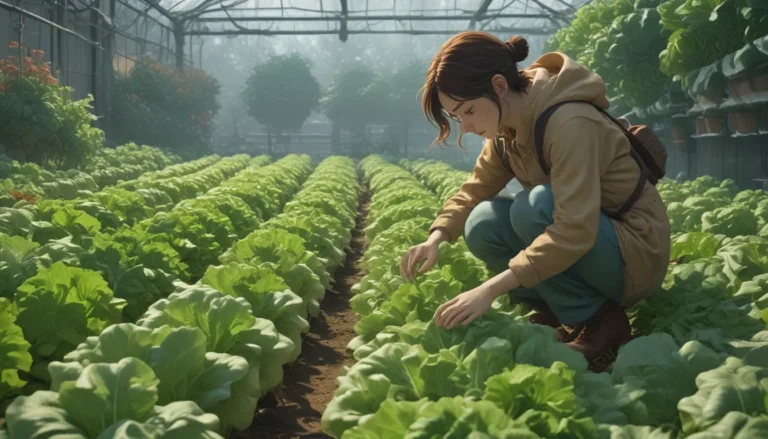Cultivating and Enjoying Sesame: A Comprehensive Guide

Sesame, scientifically known as Sesamum indicum, is a staple in many cuisines around the world. This ancient crop, possibly the first seed grown for oil, offers a powerhouse of flavor and nutrition to countless dishes. While many are familiar with the seeds, few have seen the plant in action. If you’re interested in growing this drought-tolerant crop with high nutritional value, you’ve come to the right place!
In this guide, we will delve into the history of sesame cultivation, how to grow it in your garden, tips for a successful harvest, recipes to utilize your homegrown seeds, and much more. So let’s get started on this sesame-growing journey together!
Cultivation and History
Sesame, part of the Pedaliaceae family, is a native species of the Indian subcontinent. This annual herb has a rich history of cultivation dating back thousands of years. From its colorful seed coats to its vibrant trumpet-shaped flowers, this plant brings beauty and flavor to any garden.
The cultivation of sesame spread far and wide through trade networks, reaching regions such as Mesopotamia, Egypt, China, and the US over millennia. Each region has its unique relationship with sesame, incorporating it into traditional dishes and even medical practices.
The versatility of sesame extends to its variations in color and usage, from black sesame seeds in Asian cuisine to the digestive aid known as benne in African cultures. It’s fascinating how this tiny seed has woven itself into the fabric of so many societies around the world.
Propagation and Planting
Sesame is remarkably easy to grow from seed, making it an accessible choice for gardeners of all skill levels. Whether you’re starting indoors or directly sowing in your garden, this plant thrives under the right conditions.
Propagation from seed involves shallow planting in well-drained soil and ample sunlight. For successful growth, ensure your plants receive adequate spacing, water, and care. The beauty of sesame lies in its resilience to poor soil and drought conditions, making it a reliable addition to any garden.
How to Grow Successfully
To ensure a successful sesame harvest, pay attention to your plant’s needs. Full sun exposure and a soil pH of 5.0 to 8.0 are crucial for optimal growth. While sesame is low-maintenance once established, be mindful of water requirements and avoid overwatering.
Harvesting sesame seeds can be a rewarding experience, as the pods continue to mature while the plant blooms. Learn to recognize the signs of maturity and store your seeds properly for long-lasting freshness.
Managing Pests and Diseases
While sesame is generally resistant to pests and diseases, being aware of potential threats is essential for prevention. Insects like the leaf webber, gall fly, and sesame leafhopper can impact your crop if left unchecked. Implementing natural solutions such as bioinsecticides and attracting beneficial predators can help combat these issues effectively.
Diseases like Alternaria blight, dry root rot, and phyllody can affect sesame under specific conditions. Practicing good garden hygiene, avoiding overhead watering, and monitoring plant health can mitigate these risks and ensure a bountiful harvest.
Recipes and Cooking Ideas
Once you’ve harvested your sesame seeds, the culinary possibilities are endless. From savory dishes to sweet treats, sesame adds depth and flavor to a wide range of recipes. Consider incorporating your homegrown seeds in maple-spiced nuts, slaws, or other creative dishes to showcase their nutty goodness.
Spice Up Your Garden with Sesame
As we navigate climate change and embrace sustainable gardening practices, sesame emerges as a valuable addition to home gardens. Its nutritional benefits, ease of cultivation, and pollinator-friendly nature make it a delightful choice for any gardener.
If you’ve grown sesame before or are inspired to try it out, we’d love to hear from you! Share your experiences and questions in the comments below, and let’s continue to explore the diverse world of gardening spices together.





